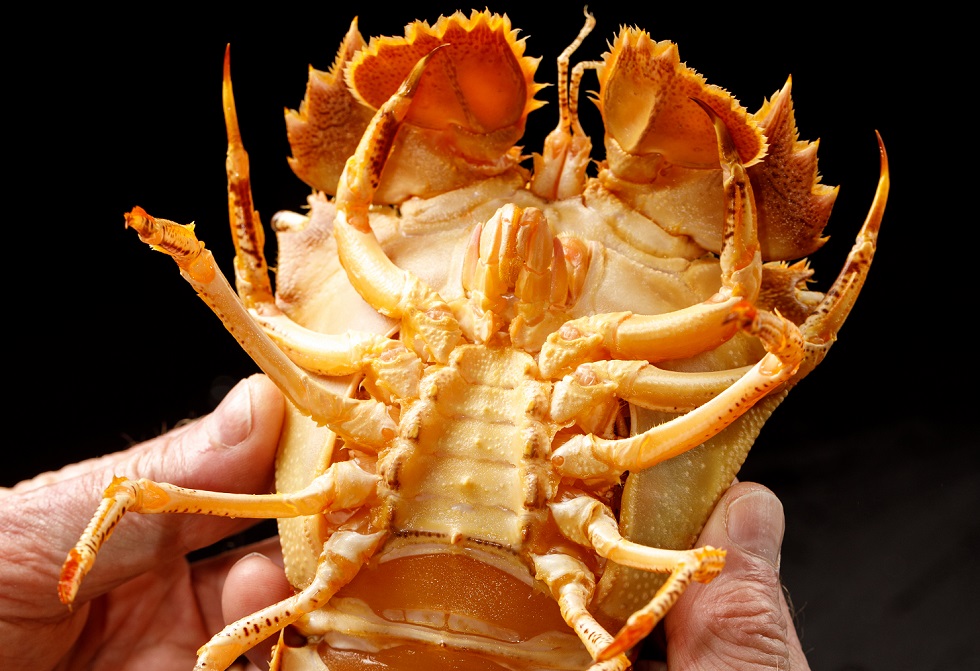The IMAS researchers who developed a world-first method to breed rock lobsters commercially have now paved the way for a Moreton Bay Bug aquaculture industry in Tasmania.
Based at IMAS’s Taroona laboratories, the ARC Research Hub for Commercial Development of Rock Lobster Culture Systems began researching hatchery techniques for the Bay Lobster, Thenus oriental, better known as Moreton Bay Bugs, in September 2017.

The Research Hub’s Director, Associate Professor Greg Smith, said the successful application to Bay Lobsters of the IMAS techniques developed for Tropical Rock Lobsters paved the way for a commercial operation in Tasmania.
“There are many biological similarities between the two species, particularly during the larval period, where tank design, water quality and appropriate feed are vital for lobster survival and growth,” Associate Professor Smith said.
“By applying our techniques to Bay Lobsters in recent months we have been able to successfully rear thousands of juvenile bay lobsters.
“Some of these animals have been selected as breeding stock and their offspring will be grown in the hatchery later this year.
“Bay Lobsters have shown strong potential for development as a commercial aquaculture species, and some species-specific modifications to our approach are expected to improve commercial viability.”
Dr Smith said the Research Hub’s industry partner, PFG Group, is enthusiastic about growing both species in their commercial scale hatchery, which is currently in the early stages of planning.
“While Bay Lobsters fetch a lower price per kilo than Tropical Rock Lobsters, their fast growth rates and sociable nature makes the species particularly suitable to intensive commercial culture,” Associate Professor Smith said.
“A juvenile Bay Lobster completes its larval stage in just three weeks, compared with four months for a Tropical Rock Lobster, and reaches the 250 grams suitable for market in only nine months.
“The success we have had in culturing rock lobsters and now Bay Lobsters is the result of 17-years of intensive research.
“We are now keen to test the technology’s potential on other high value crustacean species,” Associate Professor Smith said.